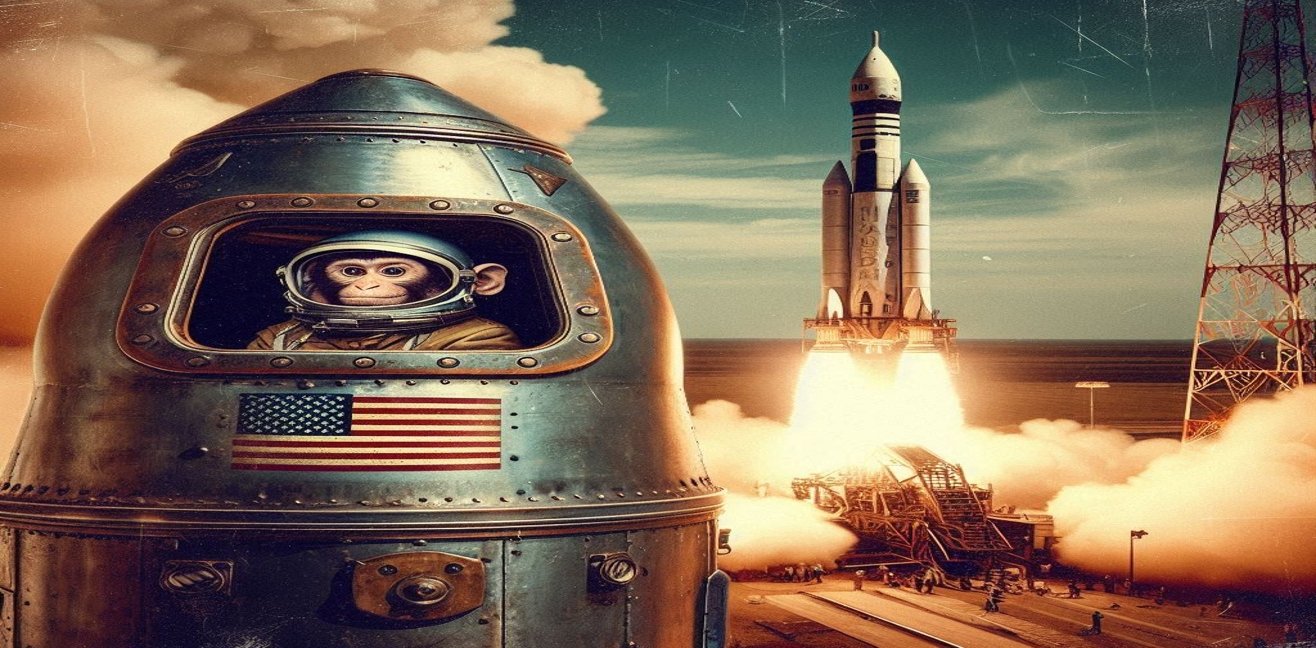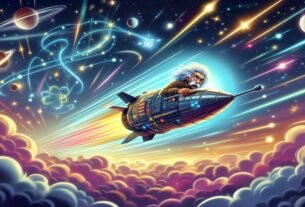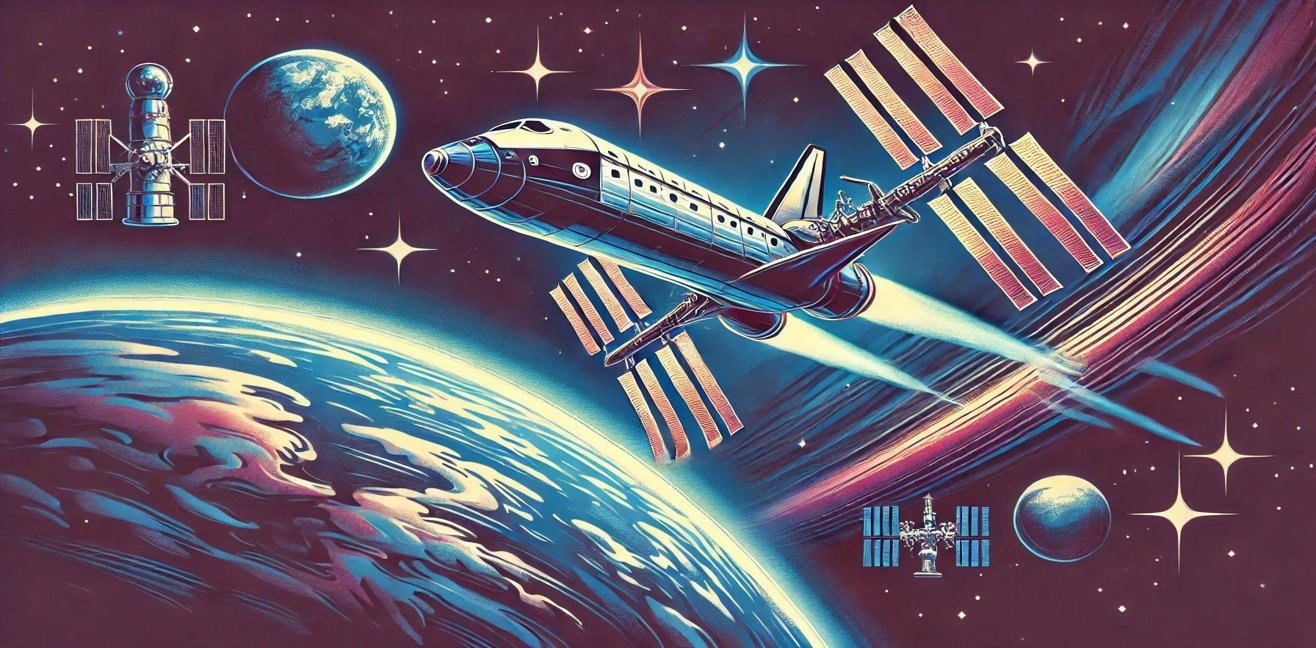May 28, 1959, marks an important turning point in the history of space exploration. The United States successfully sent two monkeys into space, and they returned to Earth safely. This achievement is considered one of the critical steps that paved the way for human space travel.
The Monkeys: Able and Baker
The monkeys sent into space during this mission were named Able and Baker. Able was a rhesus macaque, while Baker was a squirrel monkey. This mission was part of NASA’s early space research, using animals to study the effects of space travel on living organisms.
Who Were Able and Baker?
Able: Able was a rhesus macaque, a species often used in scientific research due to their resilience and endurance.
Baker: Baker was a squirrel monkey, known for their small, agile nature. Their ability to move freely in confined spaces made them ideal for space missions.
Mission Details and Achievements
The mission was carried out by NASA using the Jupiter AM-18 rocket. The key details and successes of the mission are as follows:
Launch and Return
- Launch: The monkeys were launched from Cape Canaveral, Florida, on May 28, 1959, aboard the Jupiter AM-18 rocket. The rocket performed a suborbital flight, reaching an altitude of about 580 km.
- Return: The mission was successfully completed, with Able and Baker returning to Earth safely. The monkeys landed in the ocean, where they were quickly retrieved by rescue teams.
Safe Return
One of the most remarkable successes of the mission was the safe return of the monkeys. Despite their short time in space, they survived and did not experience any major health issues. Post-mission medical checks revealed that Able and Baker were in good health and did not suffer from any serious health problems during the mission.
Impact and Results
This successful mission marked a significant step in the development of human spaceflight. The first monkeys sent into space helped us understand the effects of space on living organisms and provided crucial data for future human space missions.
Contributions to Space Research
Able and Baker’s successful return generated great excitement in the scientific community. This success demonstrated significant progress in NASA’s and the United States’ space research efforts. The data gathered from the mission provided critical information for manned space flights and offered valuable insights into how living organisms are affected by space.
Impact on Future Space Travel
This mission paved the way for human space travel. The information gathered about how living organisms survive in space and the precautions needed to ensure their safety laid the foundation for the protection of future astronauts. Additionally, this success accelerated space research and contributed to the development of more advanced technologies.
Conclusion
On May 28, 1959, the United States’ sending of monkeys Able and Baker into space marked a milestone in space exploration history. This mission is considered one of the critical steps that paved the way for human space travel and sparked great excitement in the scientific community. The safe return of Able and Baker significantly contributed to the acceleration of space research and future space missions. This event will be remembered as a historic achievement that pushed the boundaries of space exploration and increased humanity’s curiosity and interest in space.




